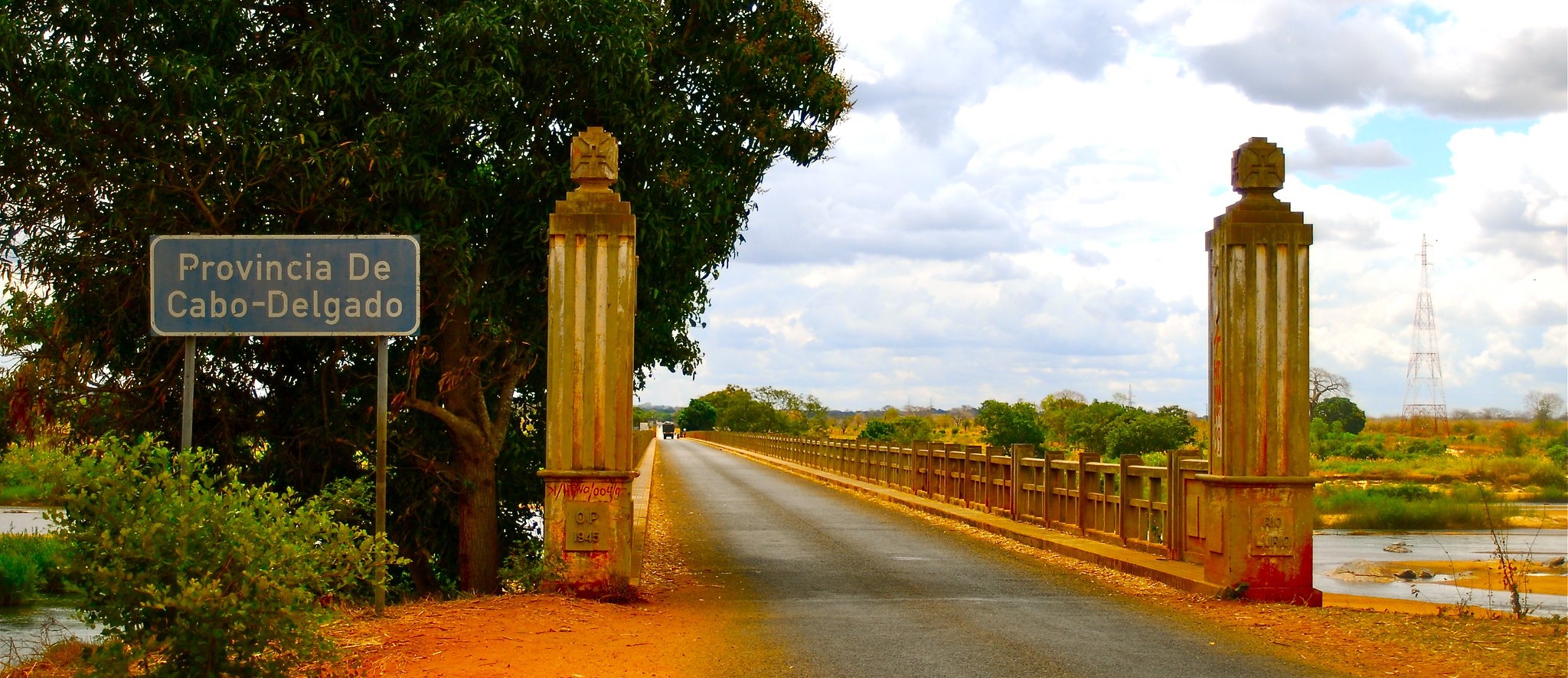How rejectionist Islamism turned into a key security threat in Africa

Photo: F. Mirza | CC BY-SA 2.0
Jannis Saalfeld
23.5.2022
Over the past three decades, several African societies have witnessed significant Islamist violence. In countries such as Nigeria, Mali and Mozambique, domestic jihadist rebel groups have launched resilient insurgencies. Other states, e.g. Tanzania and Kenya, have faced violent politico-religious challengers lacking the ability to conquer territory.
The dramatic surge in militant Islamist activity has not occurred in a vacuum but as part of broader patterns of socio-religious and political change. In the 1990s, the relaxation of authoritarian regimes taking place in many African countries crucially facilitated the public articulation of grievance and rights narratives based in one way or another on the politicization of Islam. In northern Nigeria, for example, the 1999 return to democracy triggered a wave of Islamist activism revolving around the demand for the introduction of Islamic law. Seven years earlier, the Islamic Party of Kenya (IPK) had gained international attention as it temporarily turned into an influential force advocating Muslim minority rights in Kenya’s nascent multi-party arena.
Both, the founding fathers of the IPK and the Muslim elite politicians campaigning for sharia reforms in northern Nigeria openly embraced the electoral process. At the same time, the 1990s also saw the consolidation of Islamist voices rejecting democracy and the conventional nation-state. For instance, in coastal Kenya, the prominent Salafi preacher Sheikh Abdulaziz Rimo refused to campaign for the IPK as he denounced electoral politics as fundamentally un-Islamic. In neighbouring Tanzania, the cleric Sheikh Salim Barahiyan similarly opposed the mainstream Islamist view of democracy as a potential tool of Muslim empowerment in the multi-religious Tanzanian polity. Instead, Barahiyan eventually demanded that Tanzanian Muslims be allowed to establish a separate Islamic order within or outside Tanzania.
In a new article, I take a closer look at this rejectionist strain of Islamism. Rejectionist Islamist groups share as their common denominator the explicit negation of the nation state's legitimacy. Yet, they also differ among each other in important regards. While some rejectionist groups have been open to a limited involvement in mainstream civil society, others followed what I call an “isolationist” approach. For example, in the early 1990s, the Ansar Sunnah movement of Sheikh Rimo largely retreated from Kenyan society, explicitly rejecting secular education and government employment. By contrast, Sheikh Barahiyan’s Ansar Muslim Youth Centre became an official part of Tanzanian civil society, running several modern Islamic schools and a teacher training college.
Starting in the early 2000s, rejectionist Islamism increasingly turned into a militant phenomenon. In late 2003, the so-called “Nigerian Taliban”, an isolationist sect that had retreated to a desert village in Nigeria’s Yobe state, launched a violent uprising after initially trying to peacefully build an Islamic counter-society. In July 2009, Muhammad Yusuf, the founder of the notorious movement commonly referred to as “Boko Haram”, instigated another rejectionist rebellion against the Nigerian authorities. In October 2017, a comparable insurgency erupted in Mozambique’s Cabo Delgado Province when a rejectionist group locally known as “Al-Shabaab” took up arms following several years of non-violent activism against the Mozambican state.
The factors radicalising rejectionist Islamism
In my new article, I find that the violent radicalisation of rejectionist Islamism can be primarily attributed to two factors. First, in the wake of the global rise of Salafi-jihadism, rejectionist Islamist thought became increasingly infused with militant ideas. For example, the leader of the “Nigerian Taliban”, Muhammad Ali, was influenced by the teachings of famous jihadist ideologues such as Aiman al-Zawahiri. The same holds true for Muhammad Yusuf who eventually started to openly advocate a Salafi–jihadist agenda drawing on the work of the Jordanian scholar Abu Muhammad al-Maqdisi. In northern Mozambique, the “Al-Shabaab” sect appears to have become inspired by the east African jihadist icon Aboud Rogo.
Second, a mechanism of “escalating policing” of rejectionist Islamism has had a crucial effect on the process of violent radicalization. For instance, Boko Haram’s transition towards a fully-fledged rebellion is closely linked to increasingly severe crackdowns on Muhammad Yusuf and his followers. In Mozambique, the “Al-Shabaab” movement also gradually shifted to violent tactics in the context of increasing state repression. In both cases, rejectionist groups only faced government interventions after successfully building extensive support networks.
Importantly, though, rejectionist Islamists have not unilinearly moved towards exclusivism and violence. Indeed, there are examples of rejectionist networks that have developed a more conciliatory posture towards the state. Kenya’s southern coastal Ansar Sunnah movement is a case in point. While some “Ansaris” were recruited into Somali-based jihadist circles, others turned their back on the extreme isolationism of Abdulaziz Rimo by establishing a state-recognized primary school. This underlines that even though rejectionist Islamism turned into in a key security challenge in Africa, it represents a multi-facetted branch of politico-religious activism rather than a mere breeding ground of violent extremism.
This entry was first published by the Africa at LSE blog.
Author

Jannis Saalfeld, M.A.
Room: LS 034
Phone: +49 (0)203-379-3847
E-Mail: jannis.saalfeld@inef.uni-due.de
Staff Portfolio

